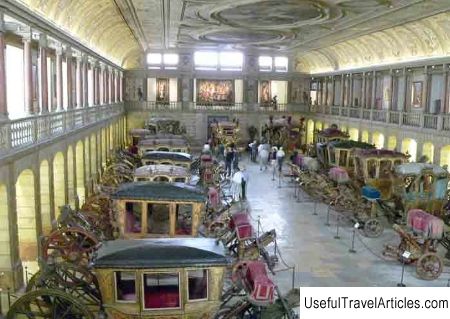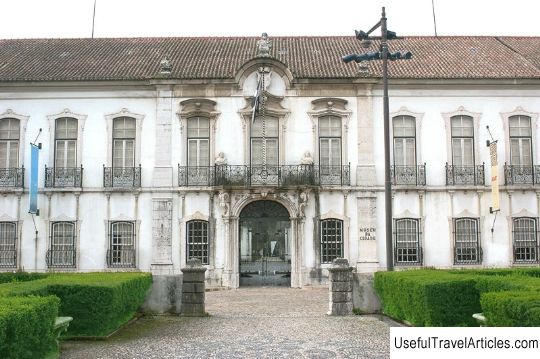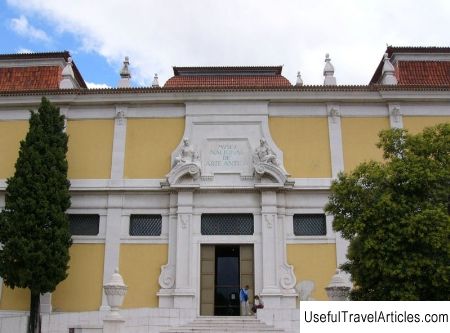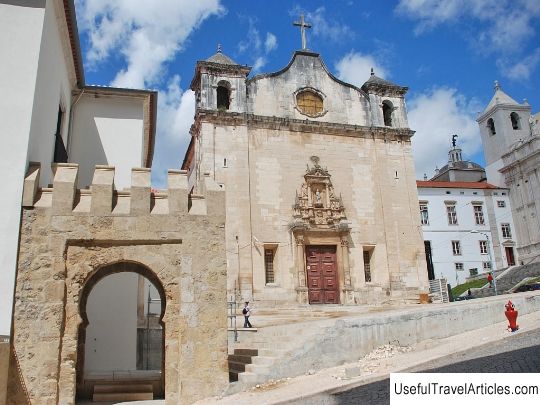Museu Nacional do Azulejo description and photos - Portugal: Lisbon
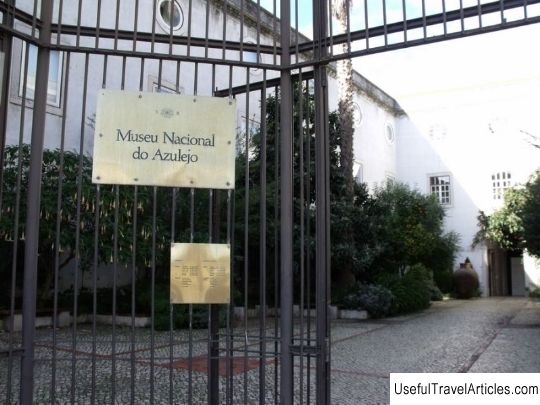
National Museum of Azulesos Tiles (Museu Nacional do Azulejo) description and photos - Portugal: Lisbon. Detailed information about the attraction. Description, photographs and a map showing the nearest significant objects. The title in English is Museu Nacional do Azulejo. Photo and descriptionThe word "azulesos" in Portugal came from the Arabic language and means "polished stone". The traditional Portuguese azulezos tile is a fired, painted clay tile, most often square in shape. The tiles were used for wall cladding, on hot days they kept cool, and in winter the house was not humid. In Lisbon, in its eastern part, there is the National Museum of Azulesos Tiles, which presents the history and development of this unique art in Portugal for five centuries. The collection of the museum is the only one in the world. The museum is located on the grounds of the Madre de Deus Monastery, built by Queen Leonora, widow of King Juan II. An earthquake in 1755 destroyed the monastery, and later the building was reconstructed. The building was originally built in the Manueline style (church portal), and later Renaissance and Baroque elements were added, making this building one of the most magnificent buildings in the city. The monastery has a beautiful chapel with a Mudejar ceiling. The decoration of the monastery has both azulesos tiles and gilded carvings. Corridors, patios, chapels and staircases are tiled with azulesos tiles. The collection of the museum contains the rarest examples of Spanish and Dutch tiles, as well as works of such famous masters as Julio Bardash, Maria Keil, Julio Pomar, Manuel Cargaleiro, Cherub Lapa. The most striking exhibit of the museum is a blue and white composition of 1300 azulesos tiles, 23 meters long, displaying a panorama of Lisbon in 1738 before the Great Earthquake. Besides,       We also recommend reading Kumasi Zoo description and photos - Ghana: Kumasi Topic: Museu Nacional do Azulejo description and photos - Portugal: Lisbon. |
